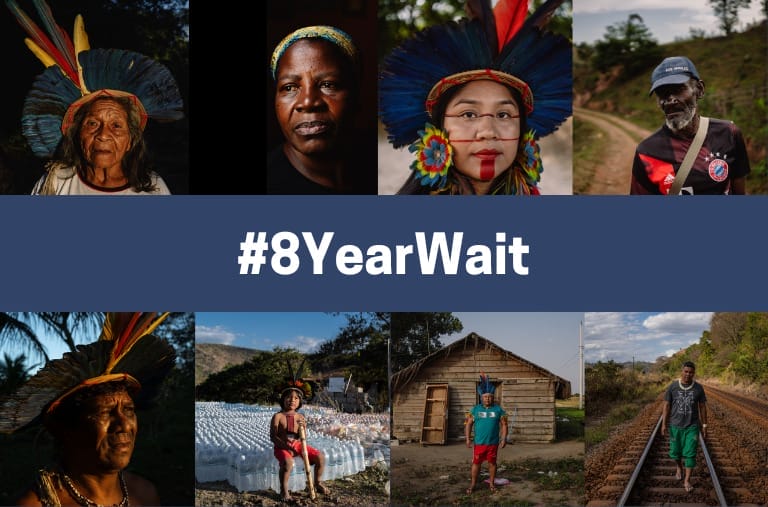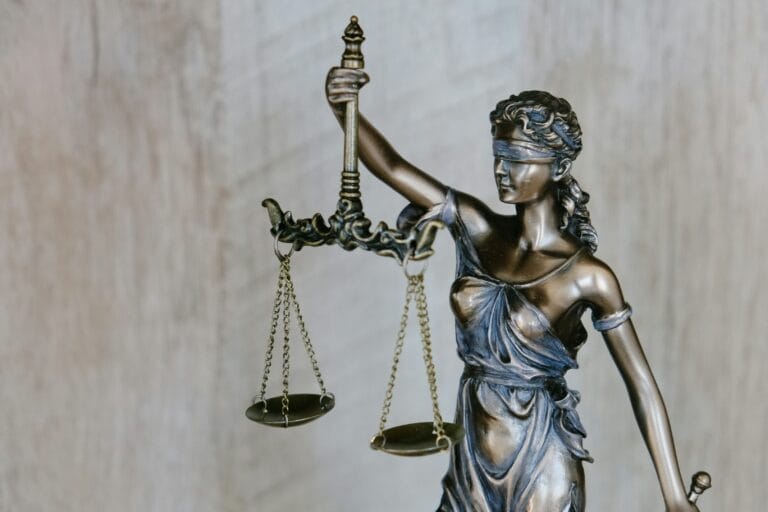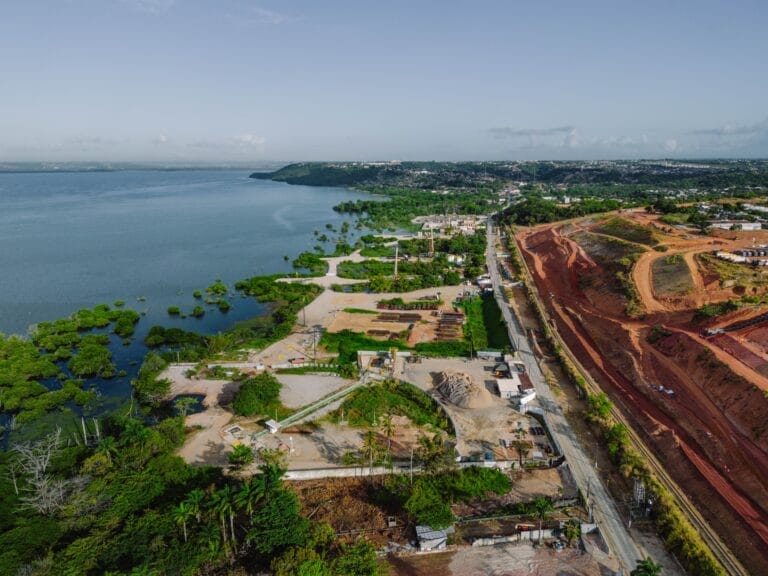Today marks eight years since the Mariana dam collapsed in Brazil and 40 million cubic metres of toxic waste were released into the Doce River. The tragedy resulted in one of the most devastating environmental disasters in Brazilian history.
The mud travelled so quickly that inhabitants did not have time to escape, 19 people were killed, and thousands were left homeless.
Eight years on, some of the victims have still heard nothing from BHP – the operator of the dam. No explanation, no apology, no redress.
To mark eight years of injustice – below are eight unique accounts of those affected showing the impact that the disaster has had on their lives.
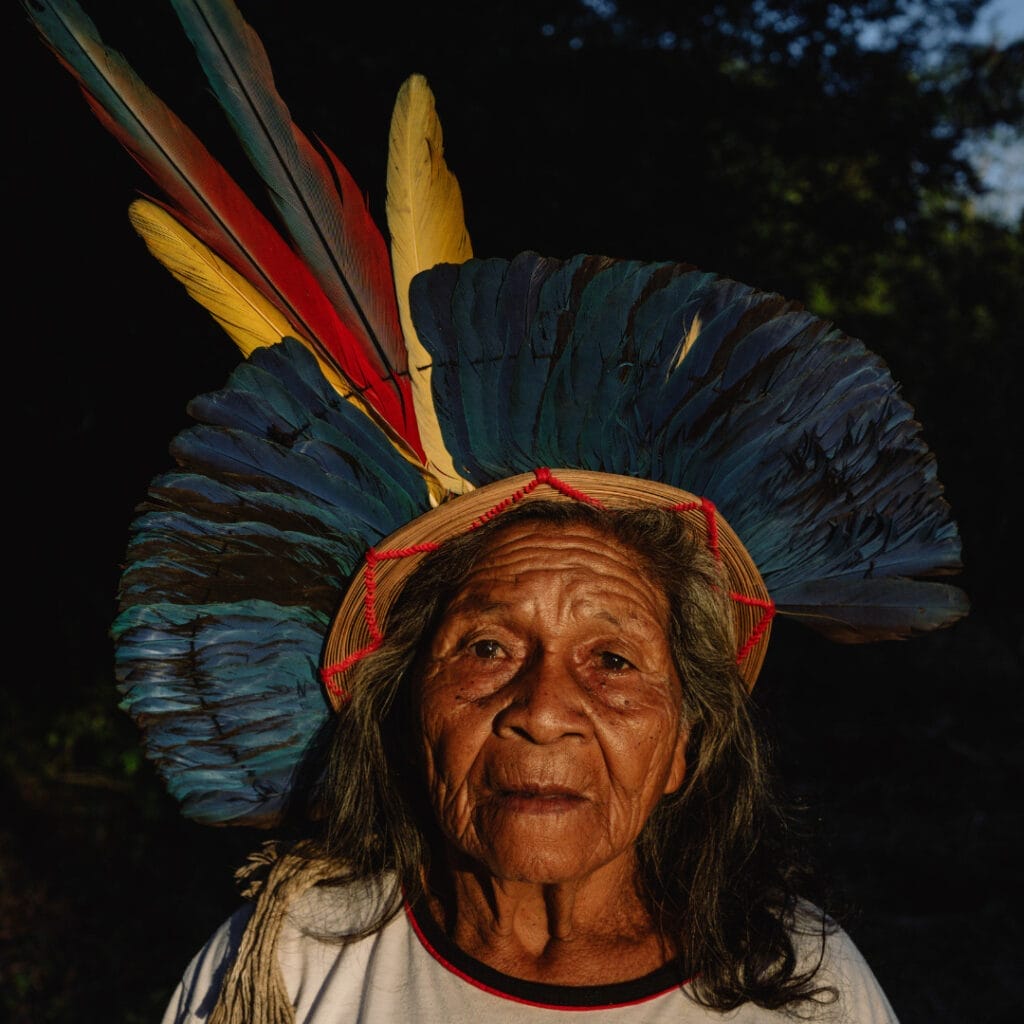
Ana Cristina de Oliveira
“May God pour out his blessings on the earth.”
Eight years on from the Mariana dam disaster, Ana Cristina de Oliveira still hopes for justice. She is the mother of Cacique Peru, the chief of a Guarani indigenous community called Aldeia Piraqueaçu. Members of Aldeia Piraqueaçu used to catch fish from the river, which they would share with the local community.
The collapse of the Mariana dam released an avalanche of arsenic-laced mud through their local river – destroying their once cherished fish stocks with toxic waste.
Now they must buy their food from the fishmongers, the cost of this means they can only afford a fraction of what they would previously catch, which has had a devastating impact on the community.

Anderson Krenak
“We see the river as a family member who is in a coma, and we can no longer have contact with.”
Anderson stands on the railway tracks controlled by mining company Vale that cross the Krenak indigenous land.
Anderson can no longer live in accordance with this traditional way of life, which included fishing and hunting.
“It’s not just a matter of getting financial compensation, but of sending a message that miners cannot come to our country to do damage.”
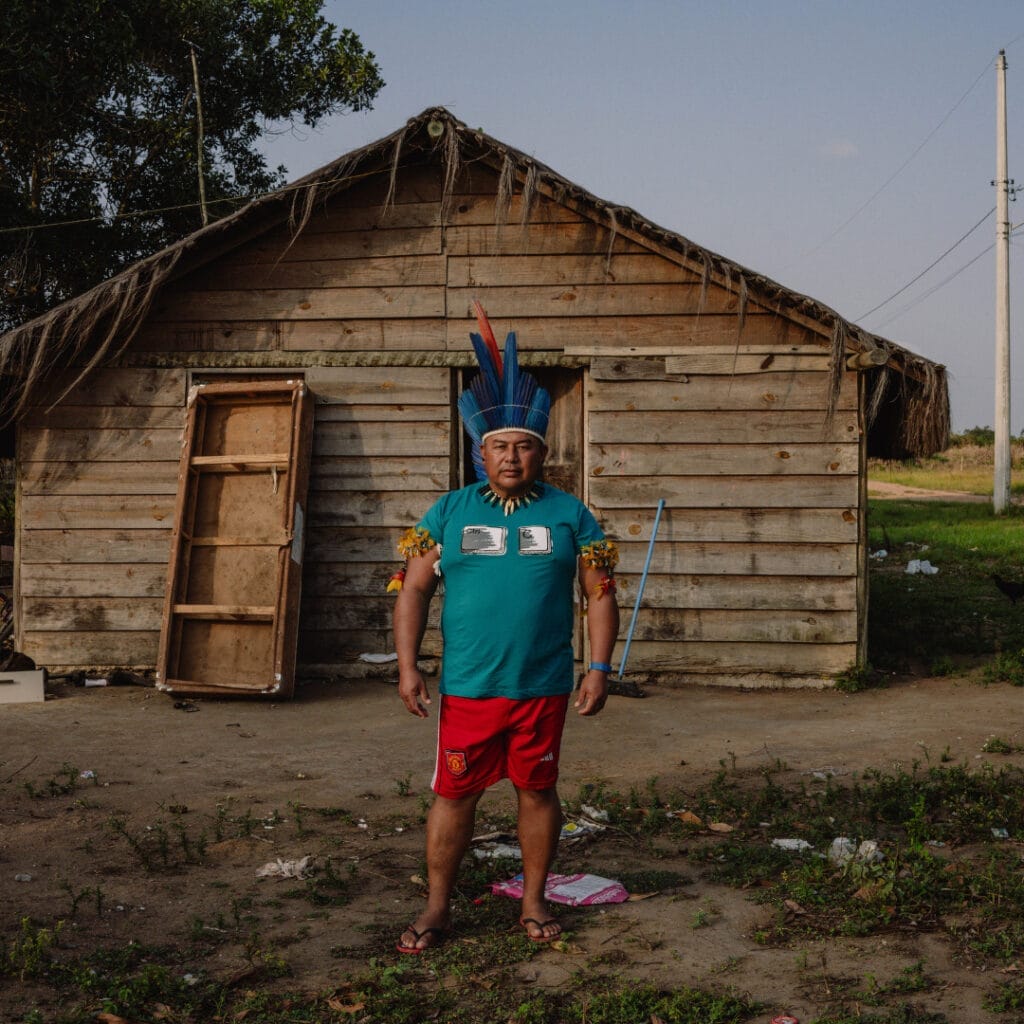
Cacique Roberto Carlos Silveira
“I used to go to the river every weekend. We would stay there all day – bathing and playing. Now, we cannot fish, we don’t go there anymore at all because we are afraid of contracting diseases.”
What used to be tradition for Cacique Roberto Carlos Silveira of the Aldeia Olho D água Guarani community and his family has now turned to fear.
Once, the Doce River was clean and full of life, now toxic waste flows through the water: “We fear eating fish, and we fear going to the beach. This fear remains in the mind of every person. This fear did not exist before the disaster.”

Geraldo Dimas
Geraldo was once a farmer, earning a living growing and selling crops, but this all changed on November 5 2015. He is no longer able to trade and was forced to stop farming since the Mariana dam disaster.
To this day, the effects of the tragedy live on for Geraldo and the Santa Efigênia Quilombola Community that he is part of.
The river is still contaminated, people are still homeless, they can no longer drink the water and can no longer grow crops as they once used to.
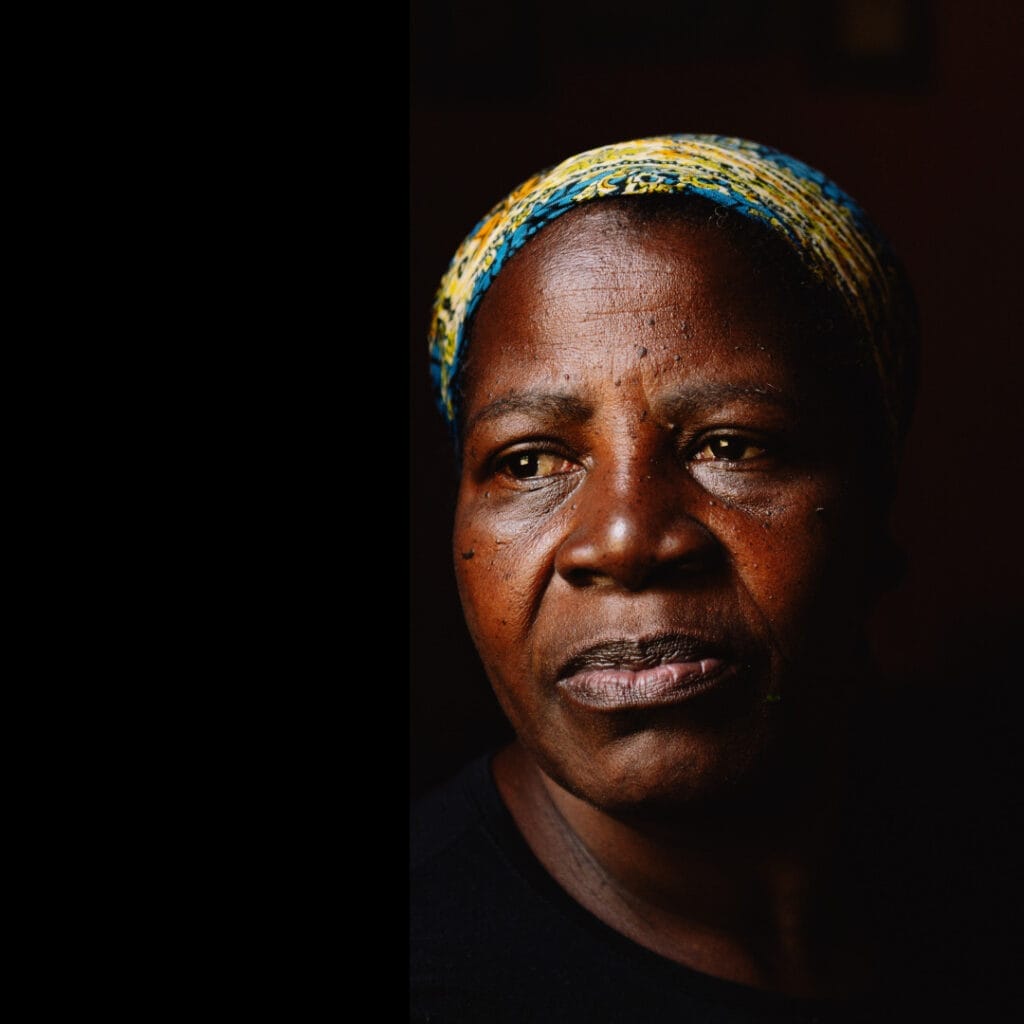
Neusa da Conceição Fraga Botelho
Neusa is a community leader in the Santa Efigênia Quilombola association. She used to earn a living by growing and selling vegetables in Mariana, but the dam disaster eight years ago changed this: “We were affected in many ways – both financially and emotionally.”
Two of her relatives were close to the dam on the day it collapsed, and luckily escaped any harm, but the anxiety stayed long after the disaster: “It has had a huge impact.”
At the time of the collapse, she feared the toxic waste would reach Monsenhor Horta, the town where her family lived, and today, she still fears that another dam could collapse: “We do not want to suffer another loss.”
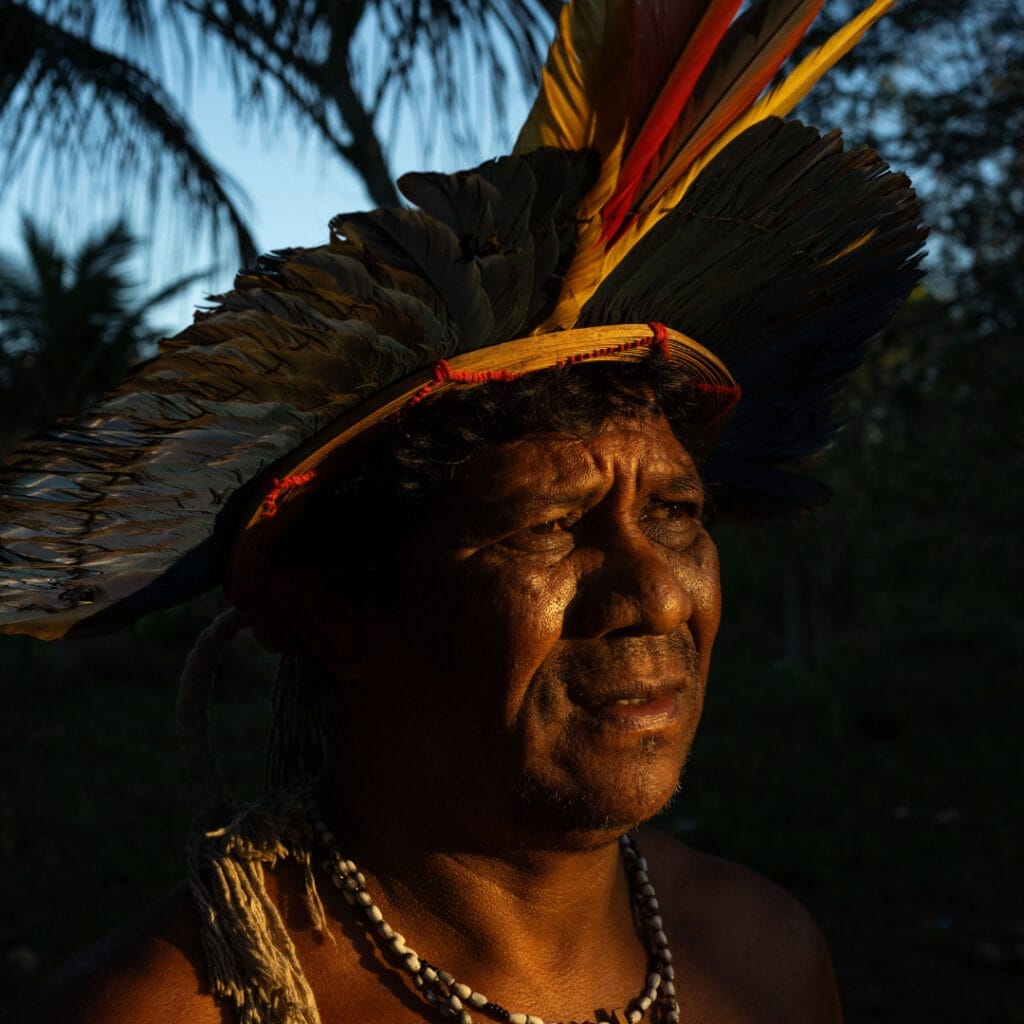
Cacique Peru, Pedro da Silva
“We have suffered at the hands of companies that are not even from our country. They deceived our community.”
Cacique Peru is the chief of the Guarani indigenous community called Aldeia Piraqueaçu.
He says the river is perceived as a God by his community: “Not being able to access the river represents a loss of cultural identity and traditions.”
BHP’s handling of the Mariana dam disaster has been a textbook case of corporate wrongdoing.

Dhombre Krenak
Dhombre is only 6 years old, but he has lived with the damages of the Mariana dam disaster since the day he was born – damage to his culture, damage to the river in which he should be learning to swim and damage to the land he should be playing on.
His father Itamar said: “We have been extremely affected. Even today, our children cannot touch the sacred river.”
Dhombre is a child of the Atorãn group of the Krenak community. He has never had access to the clean water of the Doce River that once flowed abundantly. He will only hear stories of how the river once was.
At Pogust Goodhead, we have helped victims of the disaster get their claims reopened in the English courts, giving them hope for justice and compensation in the future.
This time next year, we will be representing over 700,000 of the victims in the High Court in London against BHP and Vale.
BHP’s actions cannot be forgotten, and the victims of the Mariana dam disaster must receive justice.





